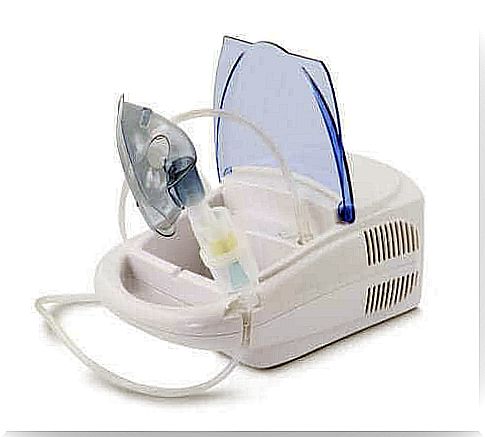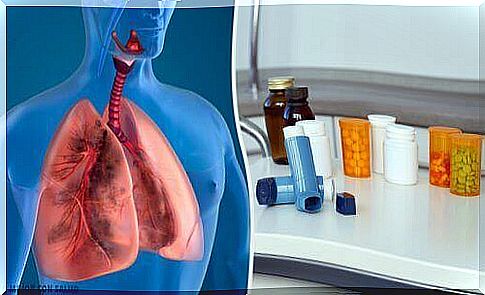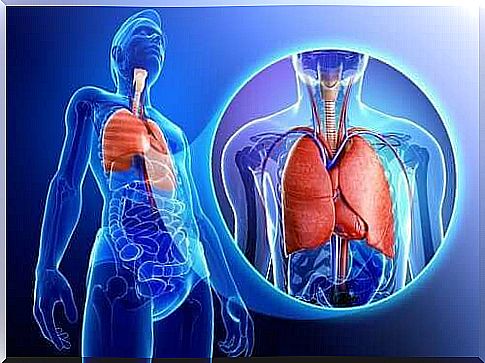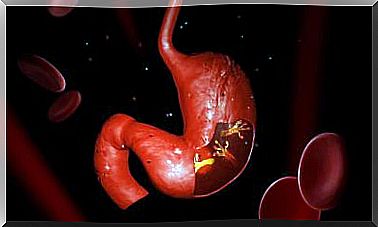What Does It Mean To Receive Treatment With Aerosol Therapy?

Aerosol therapy is a treatment system that allows the administration of substances or medicines in aerosol form through inhalation. Doctors use nebulizers that are devices used to administer aerosol therapy. Overall, these devices can convert a liquid into aerosol particles. Thus, they create a nice cloud that the patient can breathe in.
Indications for treatment with aerosol therapy

Overall, the most common indication is administration of bronchodilators in patients with asthma and COPD. However, it is also used to treat other diseases. These include cystic fibrosis, HIV and bronchiectasis.
Drugs that can be administered
With aerosol therapy, medical professionals can administer:
- Bronchodilator or corticosteroid drugs.
- Mucolytics that help remove mucus.
- Substances such as saline that make the secretions more fluid.
- Antibiotics to directly treat bronchial infections.
The benefits of aerosol therapy
Overall, the main advantage is that aerosol therapy allows the administration of substances or medicines so that they come into direct contact with the affected areas of the respiratory tract. Thus a fast effect is achieved with lower doses.
Furthermore, it usually has fewer side effects than systemic administration. After all, the medicine or drug is given directly at the bronchial level. Factors that determine the deposition of a nebulized substance in the airways are the particle size. Depending on the type of atomizer, however, there can be significant differences in particle size, velocity and scattering of the cloud.
Here are the factors that depend on the patient:
- Age
- Respiratory pattern by inhalation
- Lung condition
Risk and complications
Overall, some of the complications that can occur include:
- Bronchospasm. The bronchi become inflamed and narrowed. This causes coughing and difficulty breathing.
- Infections due to pollution.
- Palpitations or increased blood pressure.
- Storage of carbon dioxide, which is usually removed by exhalation.
Administration of aerosol therapy

Patients must use the nebulizer properly. Otherwise, they will not be effective. It is also very important that the type of nebulizer that the patient uses is suitable for the drug or medication needed to treat the condition.
It can be administered with a face mask in patients suffering from extreme fatigue or shortness of breath. They can also do this when it is not possible to use a conventional inhaler. This is often the case in elderly or acutely ill patients.
The patient or medical professional must dose the medicine correctly. You must also have the necessary materials. In addition, you should wash your hands thoroughly. For proper use, follow the instructions on the device and use the exact dosage.
However, if the treatment includes different medications or drugs, you must take one after the other in the following order:
- Bronchodilators and / or corticosteroids.
- Substances for fluidizing secretions.
- Respiratory physiotherapy. To mobilize and expel secrets.
- Antibiotics to treat bronchial infections.
However, be sure to consult your doctor with questions about this.
It is recommended to carry out the aerosol treatment while sitting. Do this with your back straight and your head tilted back. In this way, you prevent the resulting cloud from affecting unwanted areas. Finally, clean and disinfect the device and materials after each use.
Types of atomizers
In total, there are three basic types of nebulizers.

- Ultrasonic wave. The nebula is produced by vibrating a piezoelectric crystal. However, they are only suitable for atomizing water and salt water at different concentrations.
- Jet. These consist of a mist chamber that generates an aerosol with a stream of gas. Overall, they are suitable for nebulizing bronchodilators, anti-inflammatory drugs, saline under different concentrations, mucolytics and antibiotics.
- Vibrating nebulizers. The aerosol is generated by passing the liquid to be atomized through the holes in a net. It is perfect for nebulizing antibiotics. This is because they result in greater lung deposition and less loss of medication.
Conclusion
Overall, for effective aerosol therapy, you should follow your doctor’s instructions.
If you need more medicines, you must take them one after the other in the correct order. You must also be very careful to clean and disinfect the atomizer carefully. In the same way, it is equally important to perform proper oral hygiene. This will help you remove traces of the medicine.









